|
Just 24 hours
after Fiat officially previewed the new 'Grande Punto', news
comes that production of the current Punto model is now
destined for Serbia.
Serbian Minister of the Economy - Predrag Bubalo - told
reporters today that domestic car maker Zastava has
successfully concluded intensive talks with Fiat Auto to
assemble the long-running Punto under license, reviving a
long standing tradition which has seen the Balkan carmaker
building such models as the Fiat 600D and 128 under license.
The long
drawn out negotiations between Fiat Auto, Zastava and the
Serbian government, have now finally been completed. They
had stalled - due to long standing debts that the Serbian
carmaker still owes to Fiat - but contracts are now
initialed, with a final signing scheduled for September.
Bubalo hopes that the Punto, complete with its Serbian
badges and designations - can be presented officially at a
Belgrade exhibition -
“Italy in Belgrade
2005” - which is scheduled for October, and will bring
Italian and Serbian business people together to explore new
trading opportunities.
Under this new licensing agreement, Fiat Auto will deliver
the current Punto model's components and bodyshells to the
Zastava factory in Kragujevac for final assembly to take
place. Bubalo told the press conference that as Zastava will
now hold a full Fiat license, the agreement allows them to
start manufacturing any components they wish to, and then to
sell these into the spare parts supply chain. Given that
more than six million Puntos models have already been built,
this offers Serbian companies significant revenue
opportunities.
The first batch
of Serbian bound Fiat Puntos will be assembled at a
Fiat factory in Italy, with Zastava
staff assisting in the build process and receiving training.
Bubalo added that all existing Zastava models will continue
to be built, and that moves to restore links with GM's Opel
brand were still on-going, and expected to be successfully
resolved by the autumn.
|
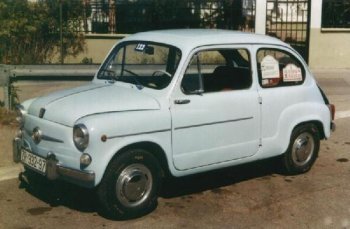 |
|
In the 1960s Zastava began building the Fiat 600D -
which was badged as the 750 - and
remained in production until
1981 |
|
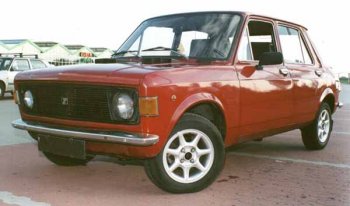 |
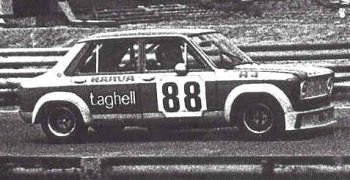 |
|
The Zastava 101 (the local designation for Fiat's
128) was part of a new agreement signed by Zastava
with Fiat in 1971 |
|
|
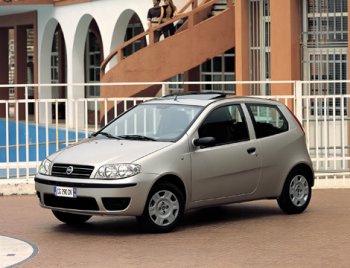 |
|
Just twenty four hours after Fiat Auto officially
previewed the new 'Grande Punto', it has been
revealed the current Punto model will be
assembled under license by
Zastava |
|
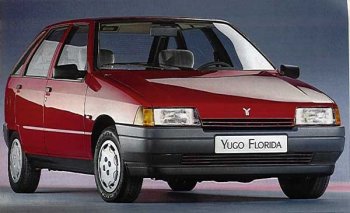 |
|
Zastava have struggled on in recent years, still
continuing to build a version of the Fiat 128, as
well as developing several new models, including the
2.0-litre Yugo Florida (which uses Fiat's 2.0-litre
petrol engine drawn from the Brava and Bravo) |
|
|
Zastava - BRIEF HISTORY
Zaskava - Serbia's national automobile manufacturer - is
based in the town of Kragujevac, just over 80 miles south of
the Capital Belgrad. The Zavodi Crvena factory (which means
'Red Flag Plant') began its long collaboration with Fiat
fifty years ago (in 1955) when it began assembly of the Fiat
1300, 1400 and 1900 models for sale in what was then
Yugoslavia, as well as the other countries that made up the
'Eastern Bloc' group of nations. In the 1960s Zastava began
building the Fiat 600D - which was badged as the 750 - and
remained in production until 1981.
Zastava's most popular - an commercially successful - was
the 4-door 55bhp Fiat 128 saloon , which started production
in 1971, and although it suffered from terrible early build
quality problems, it is still built today. The Zastava 101
(the local designation for Fiat's 128) was part of a new
agreement with Fiat. Zastava also created a hatchback
version, and both variants were exported to Italy and sold
under the 'Innocenti' name. The company introduced the 'Yugo'
brand name, and in the 1980s Yugo began to raise their
quality standards and started to export - cheap, simple and
reliable - cars into Western European markets. The Yugo 45 -
based around the Fiat 127 - was the most popular export.
Their final production model - the Yugo Sana which was
launched in 1990 - was styled by no lesser designer than
Giorgetto Giugiaro.
The regional wars of the early 1990s which saw the Yugoslav
nation torn apart crippled the economy and the Yugo had all
but vanished from the Western European markets by 1993. The
factory was bombed by NATO during the Kosovo war at the end
of that decade, causing extensive damage.
Zastava resumed
car production in 2000 (when 15,000 cars were assembled and
of these 4,000 were exported) and they have struggled on in
recent years, still continuing to build a version of the
Fiat 128, as well as developing several new models,
including the reasonable successful 2.0-litre Yugo Florida
(which uses Fiat's 2.0-litre unit drawn from the
Brava/Bravo).
|
|
|
|
![]()
![]()